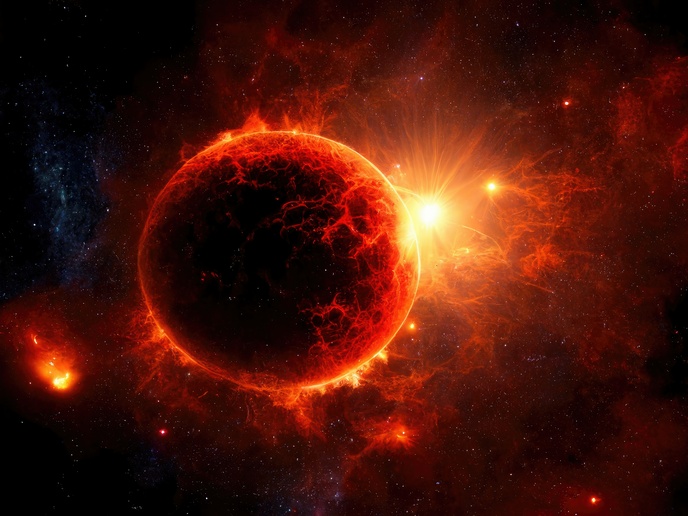The hunt for life on other planets is ultracool and getting warmer
Ever since the historical first discovery of a planet orbiting another sun-like star in 1995(opens in new window), more than 4 000 such exoplanets have been detected at an ever-increasing rate. They include gas giants similar to Jupiter (so-called hot Jupiters) and terrestrial ones, the real attention-grabber when it comes to exoplanets that could support life. EU-funding of the ambitious SPECULOOS(opens in new window) project has helped create a network of pioneering ground-based telescopes. Discovery of life on other planets may be around the corner rather than light-years away.
When you wish upon a star
Project coordinator Michaël Gillon’s lifelong dream of finding life on other planets began to solidify with initiation of the SPECULOOS prototype in 2011 at the University of Liège’s TRAPPIST 60 cm robotic telescope in Chile(opens in new window), to monitor about 50 of the nearest and brightest ultracool dwarf stars. These stars are considered the best targets for detection of spectroscopic biosignatures with next-generation giant telescopes, among which is the James Webb Space Telescope (JWST)(opens in new window) scheduled to launch in 2021. By 2015, the SPECULOOS prototype had found a clear exoplanet signal at one of its 50 ultracool dwarf targets. Gillon continues: “In 2016, we acquired much more data, revealing the existence of seven temperate Earth-sized planets around this tiny nearby star. Now called the TRAPPIST-1(opens in new window) planetary system, all of these planets could harbour water in liquid form on their surfaces. And all of them are well-suited for detailed atmospheric studies.” The revelation led to a press conference at NASA’s headquarters in Washington DC, USA and a flurry of publications, including in the prestigious peer-reviewed journals Nature(opens in new window) and Nature Astronomy(opens in new window).
Like a needle in a haystack
Despite the exciting successes of the SPECULOOS prototype, detecting exoplanets potentially habitable and dozens of light-years away is no easy task. Astronomers often rely on a sort of mini-eclipse, a dimming of the light emitted by the star that happens with a predictable regularity lasting a predictable length of time, indicating it is caused by an object in orbit(opens in new window). Aside from the inherent technical difficulty, the relative frequency of such planets around Sun-like stars is unknown. Finding more could take time and patience.
Intensifying the hunt for habitable planets
There are about 1 000 ultracool dwarf stars close enough and bright enough to make the atmospheric study of Earth-sized planets possible with JWST. Gillon plans to follow them all. Thanks to EU-funding and an international collaboration, he has brought to eight the total number of robotic ground-based telescopes in the network. At four different locations, they cover both the northern and southern hemispheres to ensure maximal potential for detecting exoplanets during their transit across their own stars. Gillon reflects: “It is remarkable that, after centuries of speculation, the existence of life beyond our solar system is now entering the realm of a testable scientific hypothesis. If one day we discover it, our vision of the Universe and of our place in it will change forever. In the meantime, the project will probe the diversity of terrestrial planets in the galaxy.”







